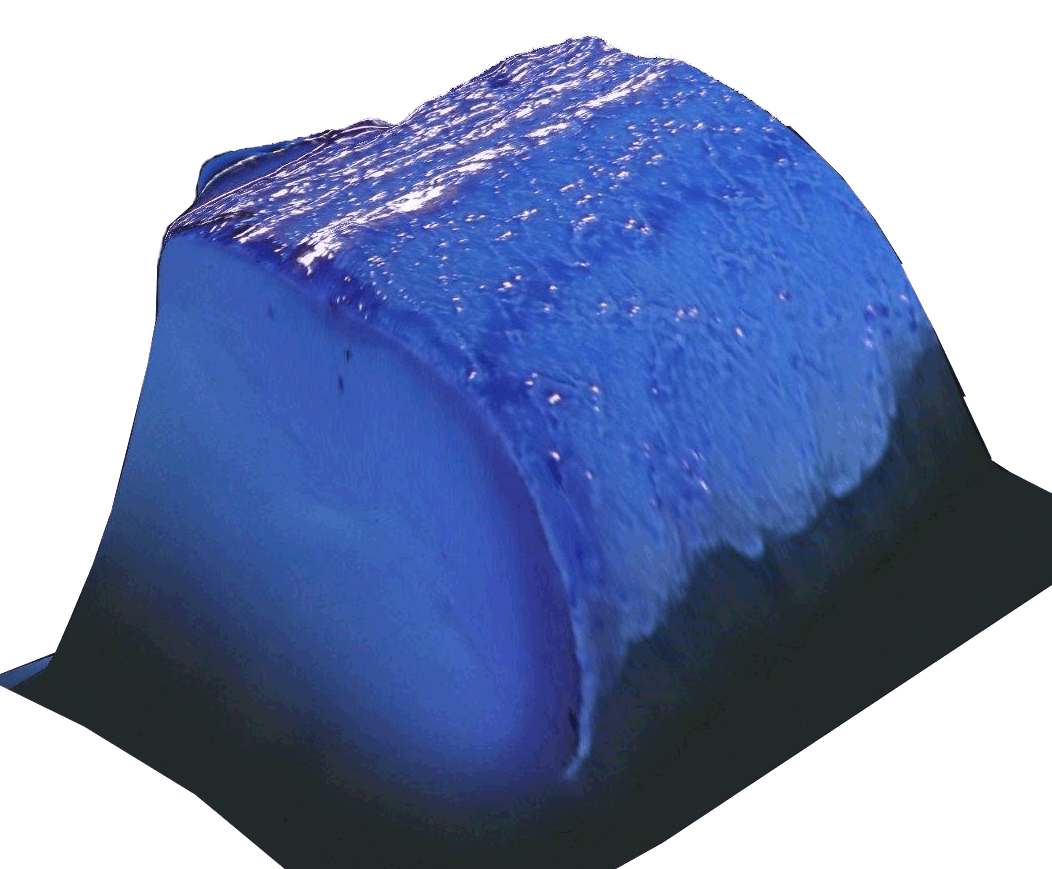ROOT CAUSE ANALYSIS
Complaint?
What if a stable complaint rate of 35 PPM (part per million) suddenly rises to over 300 PPM and no obvious reason is revealed?
In the present case study we are in the field of mass production of high-value consumer goods, where product functionality, quality, availability and cost are the main sources of value explanation.
Root cause analysis in such batch sizes usually result in defective units not being found in the quantity. But there is a way to detect product weakness even in this special case.
Describe your situation in the chat below right and I will answer as soon as possible. No robot, just you and me :-)
Root Cause Analysis
One of the most successful methods is the 8D report because it takes an overall approach that goes beyond the knowledge of a single person.
The central step is D4, the determination of the causes of defects. Gausstec uses sophisticated methods for this. Through stress conditions, we push the product to its limits in order to better distinguish between high-quality and low-quality units. How exactly the stress is defined depends on the product. For example, for containers it is pressure, for a barcode it is blurring, etc. In some cases, we check a certain quality characteristic at the same time as the load, such as the tightness or the reading probability for a barcode. This results in a group of samples with different performance, and usually it turns out that the 10 weakest have a certain defect that is not present or not as pronounced in the 10 strongest units.
Field of experience:
Tightness of fittings in machines, overpressure in test tubes, value variation in diagnostic photometry, reading weakness on bar codes, breakage of pipette component, leakage in reagent containers, breakage of film joints.
"Let us find the cause"
Andreas Reinmann, Geschäftsleiter

